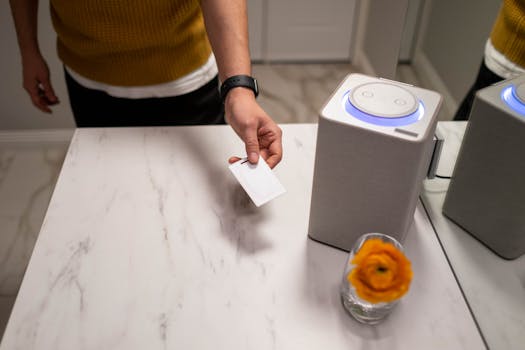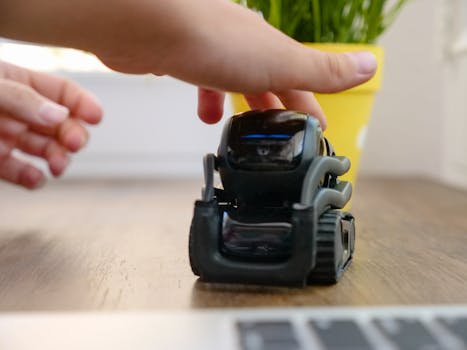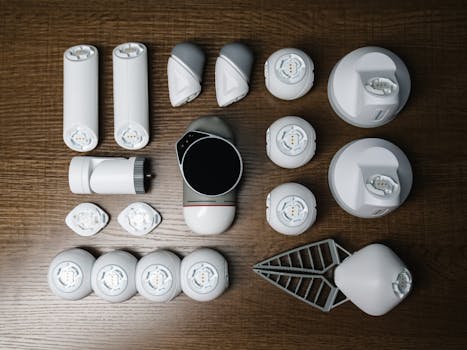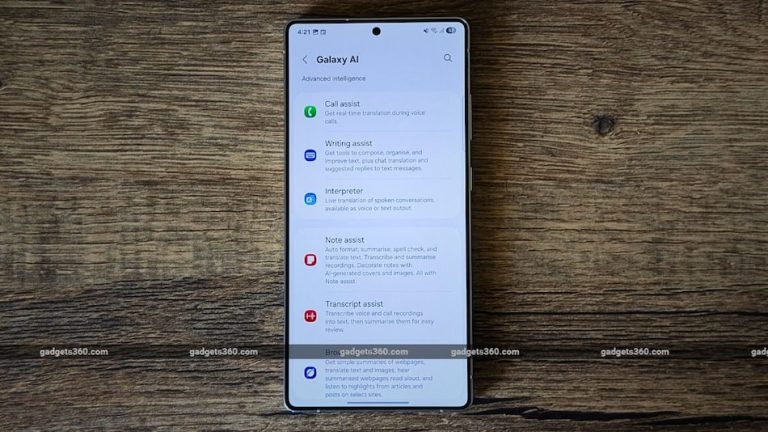
Smart Homes 2025: The Rise of Smart Homes 2025: The Rise of AI-Driven Devices
The concept of smart homes has been around for several years, but with the rapid advancement of artificial intelligence (AI) and the Internet of Things (IoT), we are on the cusp of a revolution in the way we live and interact with our living spaces. Smart Homes 2025: The Rise of AI-Driven Devices is transforming the way we experience home automation, making our lives easier, more convenient, and efficient.
Introduction to Smart Homes

A smart home is a residence that has been equipped with advanced technology and devices that can be controlled and monitored remotely, using a smartphone, tablet, or computer. These devices can range from simple thermostats and lighting systems to complex security cameras and entertainment systems. The primary goal of a smart home is to provide a safe, comfortable, and convenient living environment for its occupants.
The Role of AI in Smart Homes

Artificial intelligence plays a crucial role in smart homes, as it enables devices to learn and adapt to the habits and preferences of the occupants. AI-powered devices can analyze data from various sources, such as sensors, cameras, and user input, to make predictions and decisions that enhance the overall living experience. For example, an AI-powered thermostat can learn a resident’s schedule and preferences to adjust the temperature accordingly, optimizing energy consumption and comfort.
Benefits of AI-Driven Smart Homes

The benefits of AI-driven smart homes are numerous and significant. Some of the most notable advantages include:
- Enhanced convenience: AI-driven devices can automate routine tasks, such as turning on lights, adjusting temperature, and playing music, making life easier and more enjoyable.
- Increased energy efficiency: AI-powered devices can optimize energy consumption by learning and adapting to the habits and preferences of the occupants, reducing waste and saving costs.
- Improved safety and security: AI-driven security cameras and sensors can detect and respond to potential threats, such as intruders or fires, providing an additional layer of protection for the occupants.
- Personalized experience: AI-powered devices can learn and adapt to the preferences and habits of the occupants, providing a personalized experience that enhances the overall quality of life.
Examples of AI-Driven Smart Home Devices

Some examples of AI-driven smart home devices include:
- Amazon Echo and Google Home: Voice-controlled assistants that can control and monitor various smart devices, such as lights, thermostats, and security cameras.
- August Smart Lock: A smart lock that can learn and adapt to the habits and preferences of the occupants, providing secure and convenient access control.
- Nest Learning Thermostat: A smart thermostat that can learn and adapt to the habits and preferences of the occupants, optimizing energy consumption and comfort.
- Samsung SmartThings: A comprehensive smart home system that can integrate and control various devices, such as lights, thermostats, and security cameras.
Conclusion

In conclusion, Smart Homes 2025: The Rise of AI-Driven Devices is revolutionizing the way we live and interact with our living spaces. With the rapid advancement of AI and IoT, we can expect to see even more innovative and intelligent devices that enhance the overall living experience. As we move forward, it is essential to consider the benefits and challenges of AI-driven smart homes and to ensure that these technologies are developed and implemented in a responsible and sustainable manner.


